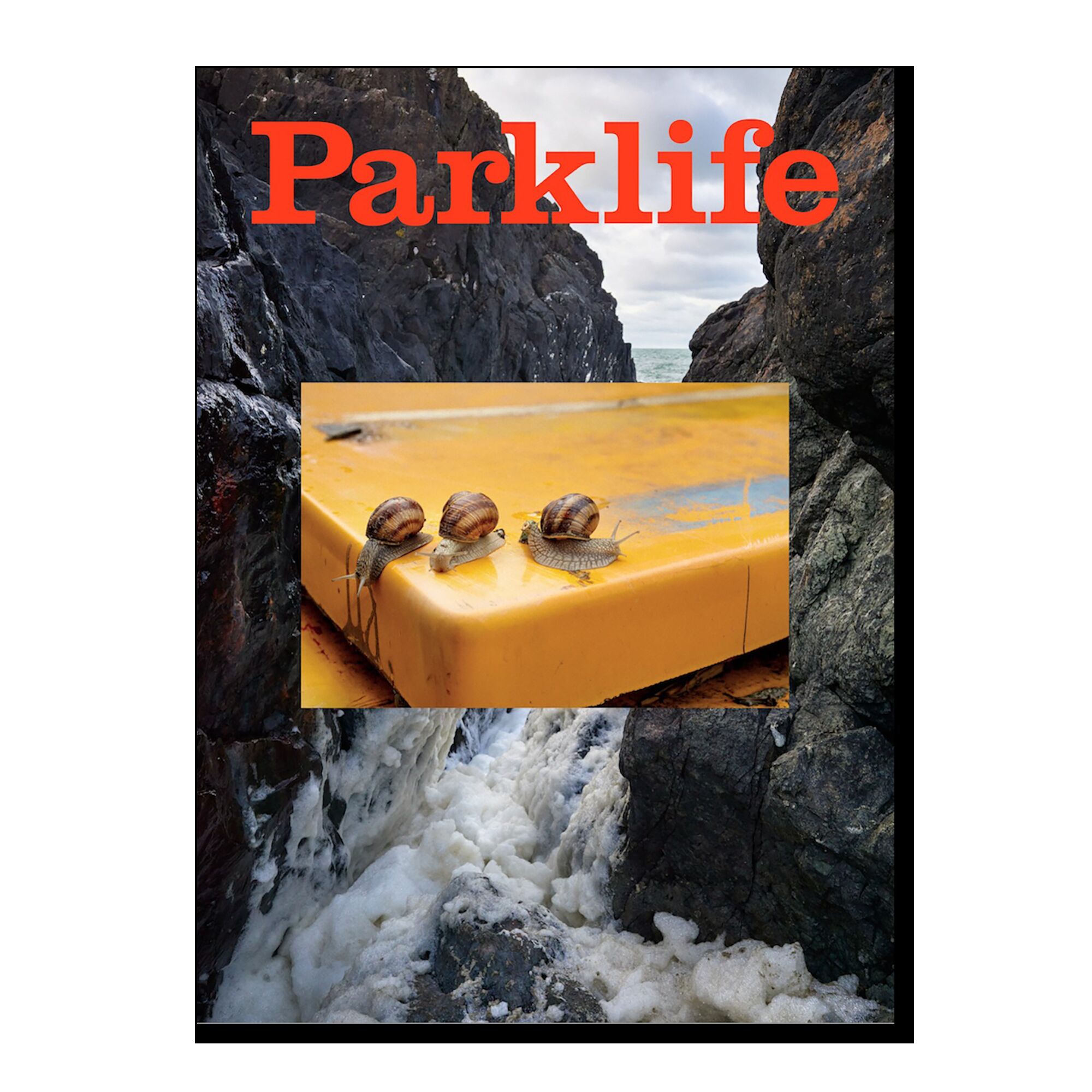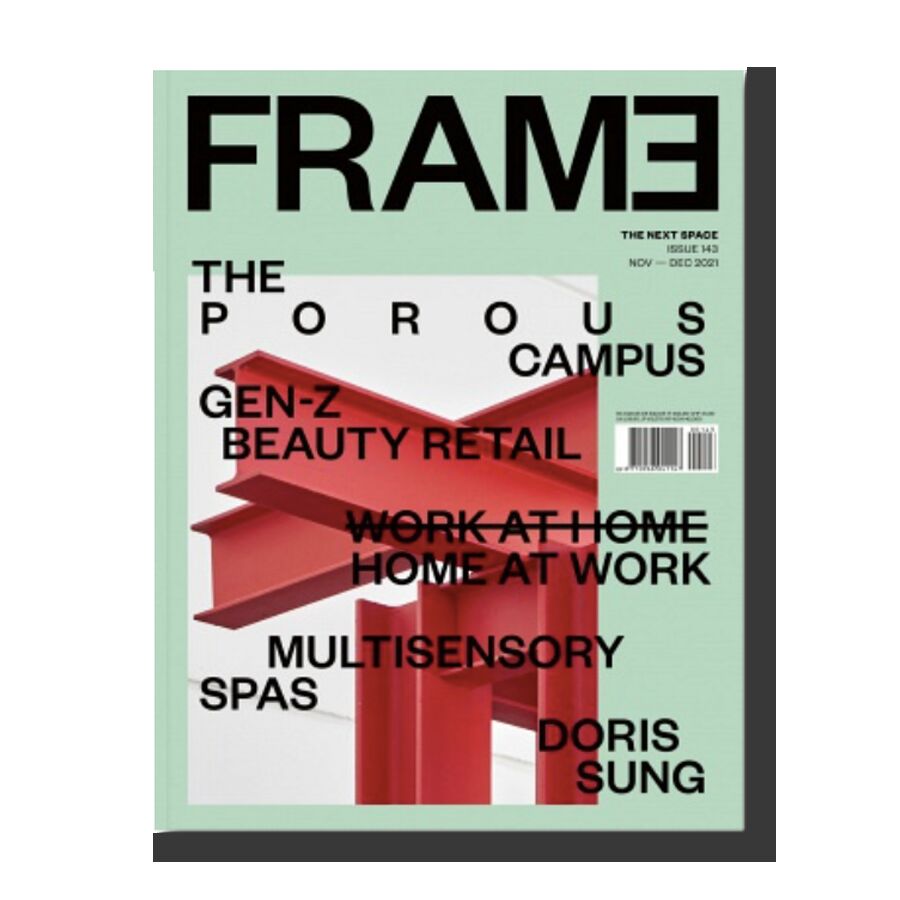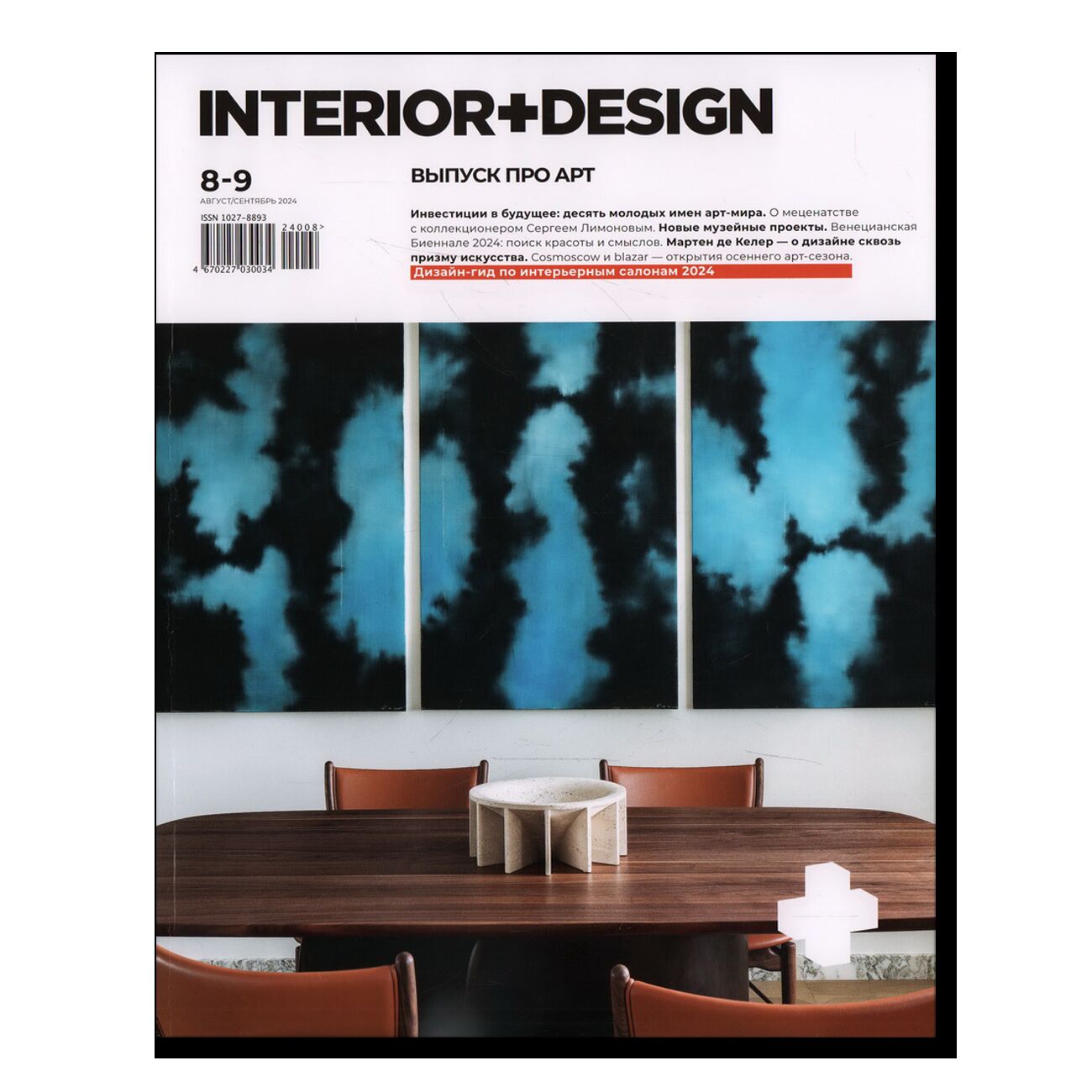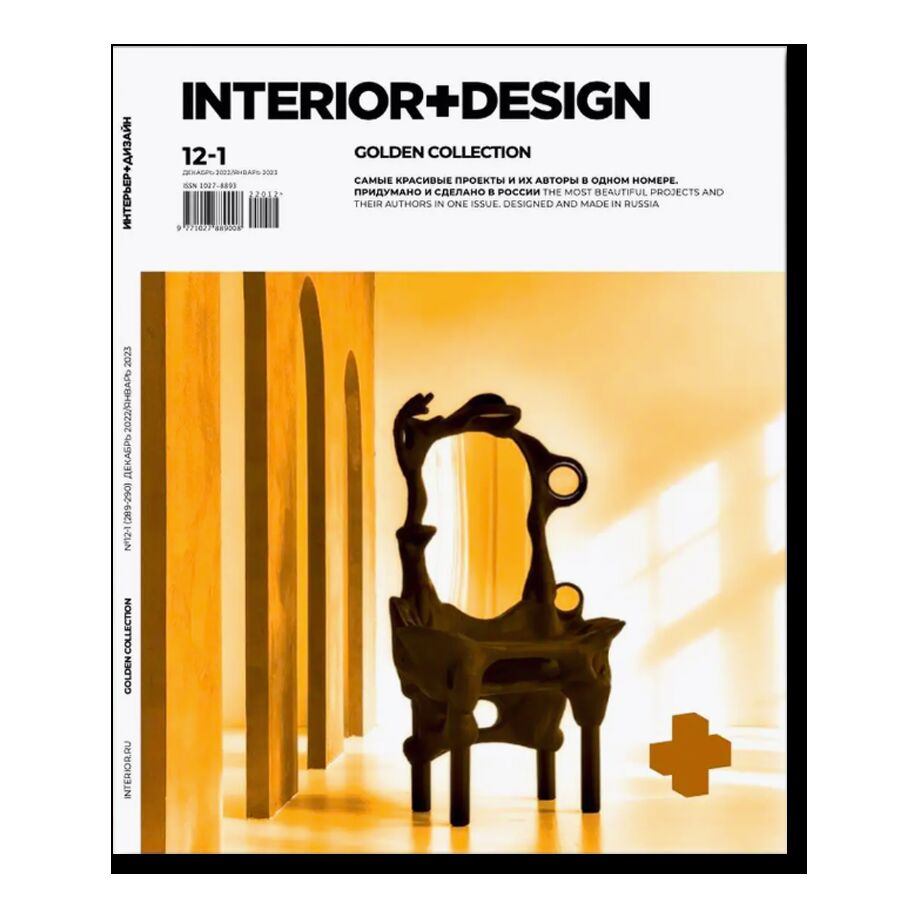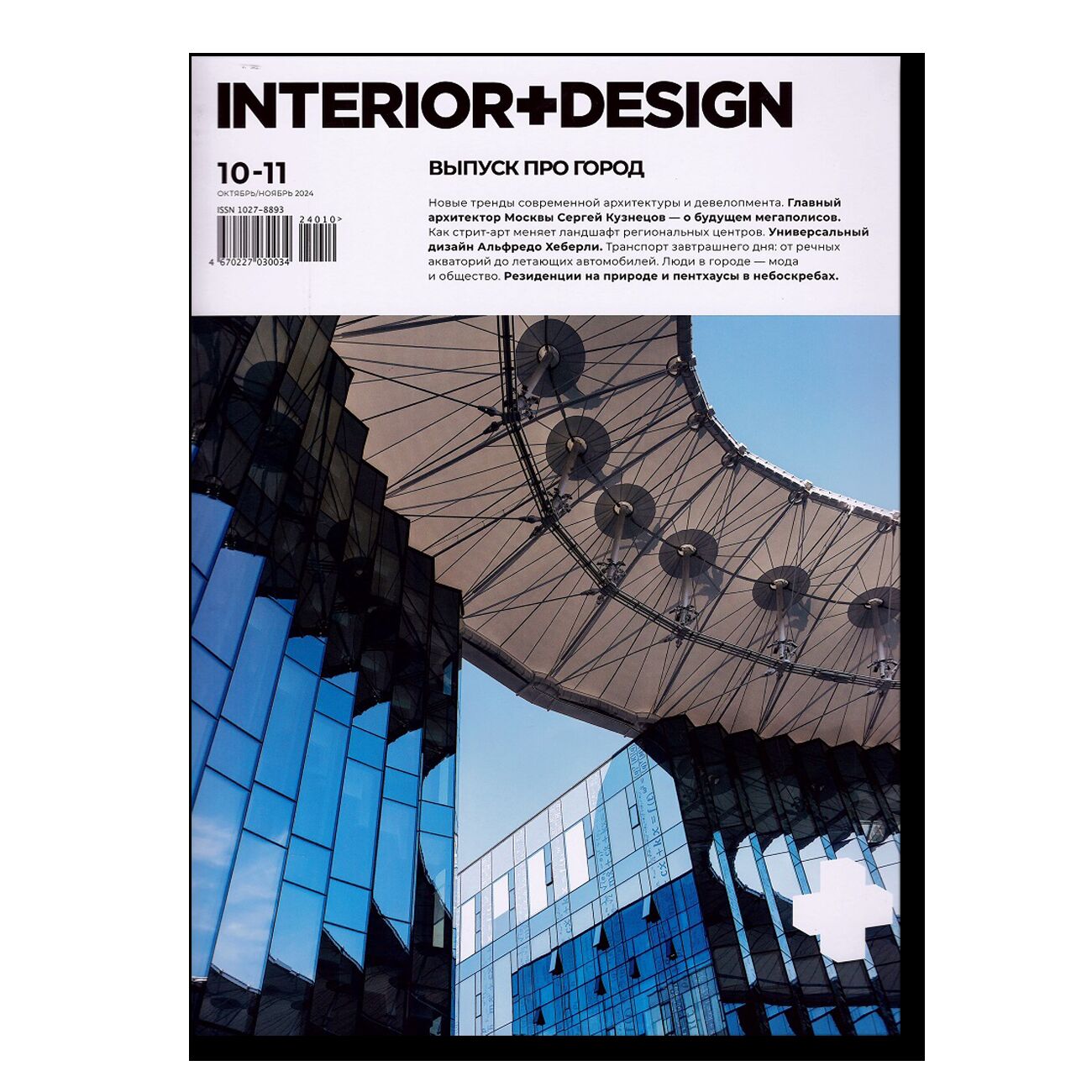Frame №143
- Year: 2021
- Language: English
- Publisher: Frame
- Page: 160
- About the Book
In the November/December issue of Frame, we explore the present – and future – of the porous campus.
Reporting From
Leonard Muyambo looks at Zimbabwe’s sustainable interior design concepts of the past and present, and asks: How to do more with less? And: This year’s Olympic Games may be over, but Mariko Sugita considers the urban legacies the event has left behind.
Business of Design
Are we witnessing the arrival of an urbanely farmed future? Why decades-old live-work units are back in demand. How radio is reinvigorating retail. Could office cafeterias be out the door? Why big hotel brands are going local.
In Practice
Paf Atelier on balancing effect and economy in scenography. The Office Group on why hospitality + sustainability + wellness = workplace. Bibi Seck on popularizing design in Senegal. Doris Sung on the human side of smart materials.
Spaces
Why workplaces are replacing fun and flashy with cosy and comfortable. Gen Zers change the face of beauty retail. The rise in spaces for sustainability education. Multisensory spas reach new extremes. Gaming gets dragged out of the basement.
Frame Lab: The Porous Campus
In recent years, we’ve reported on several workspaces becoming – or attempting to become – more porous, opening up to the wider community of non-staffers through events, communal areas, F&B offerings and more. Now: education projects are following suit. No longer closed-off campuses for students alone, many are unlocking their gates to welcome the surrounding community. They’re also looking to promote more porosity across campus, reducing the silo effect that results from discretely classifying disciplines and age groups. These moves prompt new questions: How can education facilities best serve their students and the greater public? How can design help to create connections in porous campuses? In this issue’s Frame Lab, we examine the porous campus from three angles to highlight how fostering community, prioritizing flexibility and looking in between interiors will be crucial to the concept going forward.
The Challenge: Open-to-all Education
In the lead up to each issue, we challenge emerging designers to respond to the Frame Lab theme with a forward-looking concept. With their myriad services, central locations and responsibility to adapt to the times, education facilities are well positioned to serve the greater public off their roster. But how can they truly open up to ‘outsiders’, and what can design do to facilitate this connection? We asked three creative practices to share their ideas.
Market
Flos pays homage to history. Zhicheng taps into e-commerce to bring better rest to the world. Laufen takes the bathroom space online. Imat revolutionizes recycled yarns with a mixed-fibre solution.
